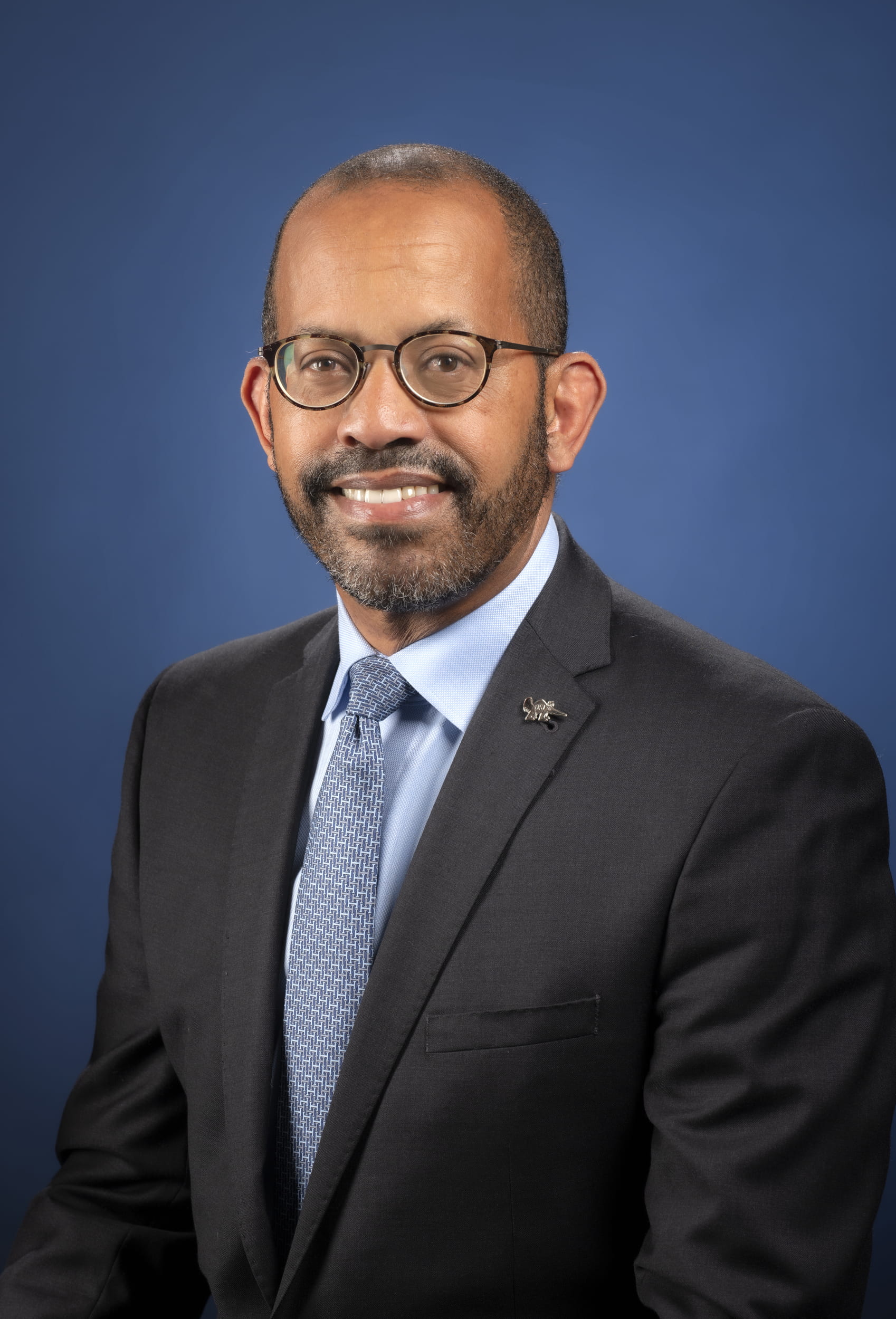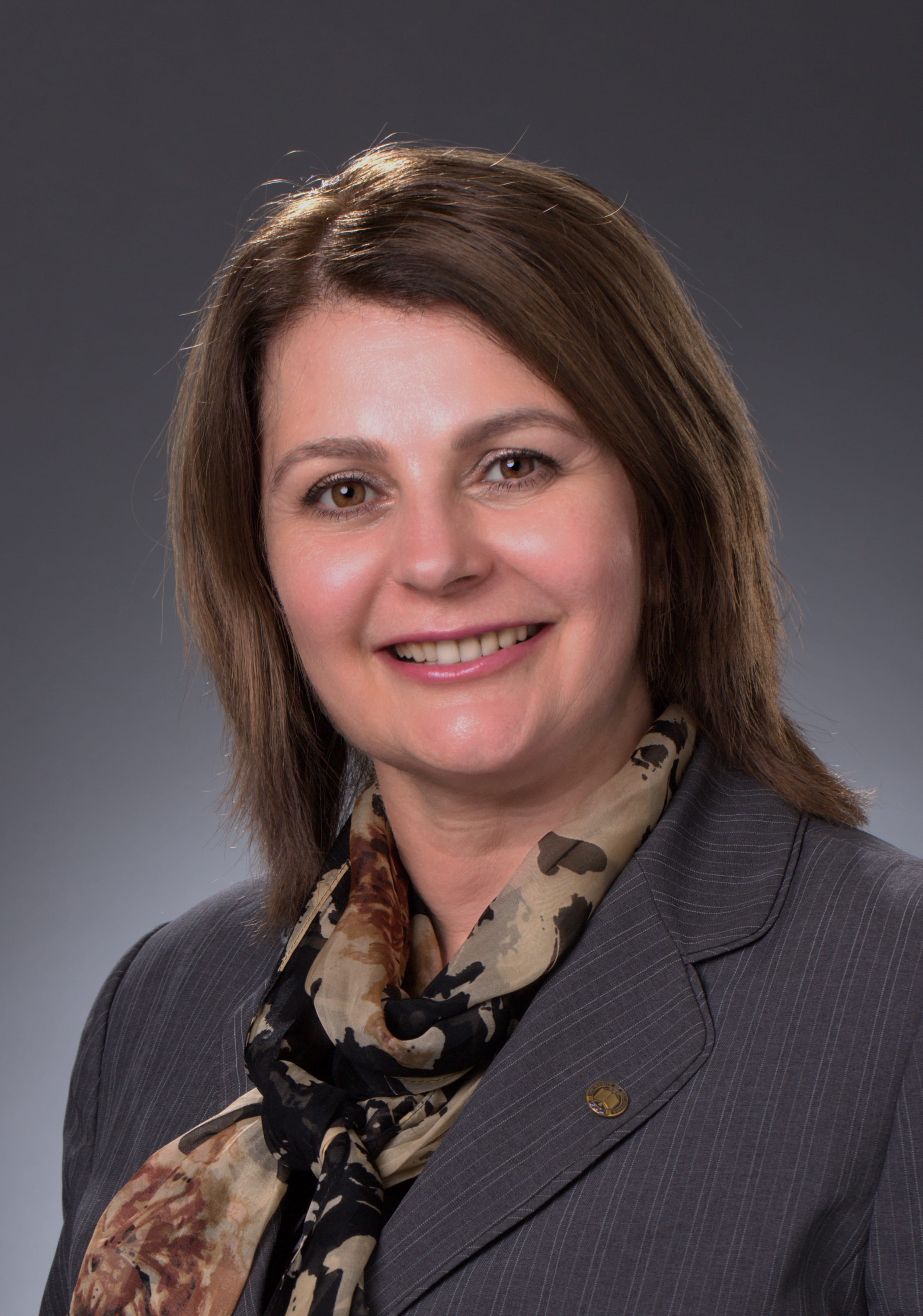The Promise Keeper
Alumna Denise To ’95 leads a forensics team that helps bring home and identify the remains of America’s war dead
“It’s not clean work,” Denise To says of her 28 years in archaeology. “You’re wearing cargo pants and hiking boots. You may be in the mud, in the jungle. But it’s scientifically satisfying to get messy. That applies to a lot of life: You have to work hard and get dirty before you can reap the rewards.”
To emigrated from Mexico at age 7 and summered with extended family below the border every year through high school. “In Mexico, you can’t look in your backyard without finding an artifact of Mesoamerican culture,” she says. “Archaeology is everywhere. For me it was foundational.”
Starting UCI as a biology major, To switched to anthropology, then swiftly developed an interest in archaeology – in part, she says, because of her Mexican background.
Her first experiences in the field came when she volunteered in the university’s radiocarbon dating lab and, for three years, at La Brea Tar Pits in Los Angeles, where To learned just how dirty the work can be – and how much she enjoyed it. Today, in her LinkedIn profile, she proudly lists her time excavating saber-toothed cats in the tar pits and adds: “Yeah, it was as cool as you think it might be to work there.”
After finishing her B.A. in 1995, she paused for a year and took an administrative position on campus, which also proved educational. Says To: “The job taught me that I didn’t like working in an office 8 to 5 Monday through Friday.” She went to grad school.
Over the next dozen years, while earning a Ph.D. in physical anthropology at Arizona State University, she mixed her graduate studies with an assortment of digs and gigs, including teaching at a community college and at ASU and, in 2005, assisting in casualty processing in New Orleans after Hurricane Katrina. That same year, To joined the federal government’s effort to recover and identify America’s war dead, now centered in the Defense POW/MIA Accounting Agency.
The DPAA was established by the U.S. Congress to carry out an obligation to those who died in service and to their families – an endeavor to make good on a pledge never to abandon a missing comrade. The agency’s motto: “Fulfilling our nation’s promise.”
The official DPAA search list currently includes more than 81,700 service members missing or buried in U.S. military cemeteries as “unknowns” from conflicts as far back as World War II, which accounts for more than 72,000 of the losses. Perhaps surprisingly, with so many of its cases dating back 75 or 80 years, the agency is able to steadily tick off final identifications – lately around 200 a year until the global pandemic curtailed much of its overseas work.
The process typically begins with historical research on a case – sometimes requiring years of exploring archives and records – and collection of information and reference samples of DNA from surviving family members. On-site investigation is performed by a team that might include, among others, a historian, an explosive ordnance disposal technician, a translator and a forensic anthropologist like To.
Armed with metal detectors, buckets and shovels, they screen and scrutinize the soil over an area that may be as large as several football fields, looking for clues like obsessed homicide detectives. “It’s not as easy as you see on a TV series,” To says. “For me, watching those shows can be frustrating.”
Later, a larger recovery team may follow up on a mission in hopes of securing bodily remains and material evidence to be brought back to the U.S. for thorough analysis and – if things go right – conclusive identification.
To works both in the field and at the DPAA laboratory at Joint Base Pearl Harbor-Hickam in Hawaii, where she supervises other anthropologists and archaeologists.
“The most moving part of the job is when I get to
meet family members. If they come to Hawaii to
accept custody of the remains, it’s not pageantry.
We don’t announce it, because you have to respect
the sanctity. It’s very moving. It’s humbling to be
part of that.”
On a given case, if she’s involved in finding evidence in the field, others perform the analysis back at the lab. “The hallmark of any good science is to reduce bias,” she explains. “People have a tendency to see what they want to see, so we never have the same scientists do all the work. If I’m doing the skeletal analysis, I know nothing about the case. I don’t want to know that the missing pilot was 6-foot-2.”
Evidence comes to the DPAA lab in three ways, To says: “We recover it in the field. We get remains from the disinterment of a body buried as ‘unknown.’ Or we get what we call unilateral turnover, such as when a country or an individual gives us remains and other evidence they’ve been holding. Sometimes locals walk in with a wallet or a wedding band or even a box of bones they’ve kept in the attic for 30 years.”
To has worked in some 25 countries but has been lab-bound since the start of the pandemic. “Usually, I don’t go very long without flying somewhere,” she says. “Now, I haven’t been on a plane in 14 months. But we have teams in the field again. I expect to be traveling later this year.”
On field missions, To says, it’s always a lift to find something important in the search, especially a personal item such as a dog tag. “You’ve been at it 12 hours a day in 110-degree weather,” she says. “The next day isn’t as hot; the bucket isn’t as heavy.”
Only one thing is better, To says: “For me, the most moving part of the job is when I get to meet family members. If they come to Hawaii to accept custody of the remains, it’s not pageantry. We don’t announce it, because you have to respect the sanctity. It’s very moving. It’s humbling to be part of that.
“One spring, somebody said to me, ‘Memorial Day is coming up, and you work for the DPAA. Aren’t you doing anything special for the holiday?’ And I said, ‘In the DPAA, every day is Memorial Day.’”



